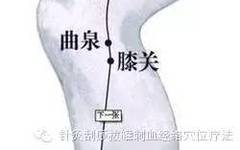Jiu Acupuncture Points1. “Quit Smoking” Point – Lie Que (Luo Connecting Point)
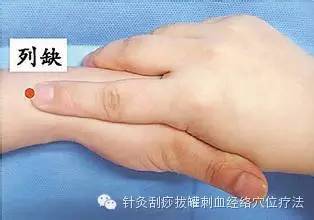
2. Weight Loss Point – See Diagram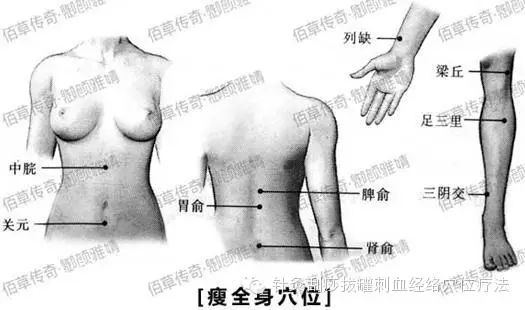
3. “Calm Qi” Points – Yin Bao (Yin Wrapper) and Tai Chong (Great Surge)
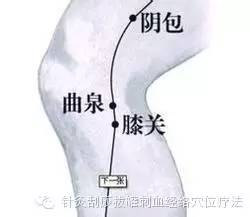
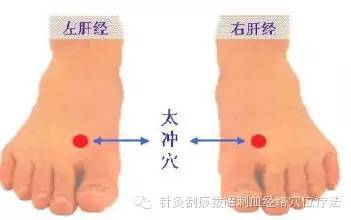
Yin Bao – Suitable for treating “Liver Fire” and irritability; Tai Chong – Suitable for treating “Depression” and feelings of gloom.
4. Warming Point – Yang Chi (Yang Pool) (Indicated for cold hands and feet, joint pain, colds, etc. – a “universal point”)

5. Breast Enhancement Point – See Diagram
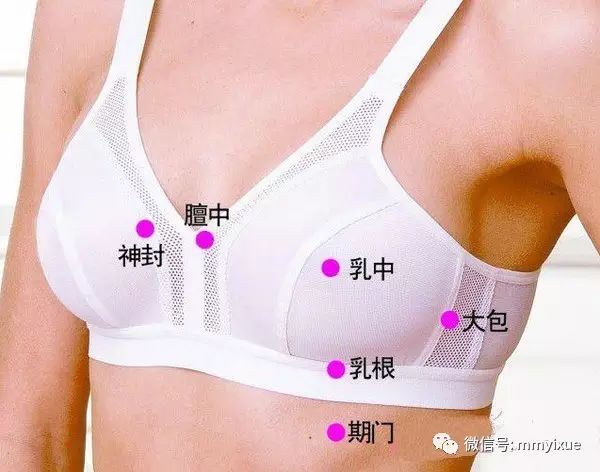
6. Qu Chi (Pool at the Bend) – Key Point for Arm Pain. Indicated for age spots, rough skin, elbow pain, eye diseases, toothaches, etc., and has significant regulatory effects on the digestive system, blood circulation system, and endocrine system (Note: Massaging this point can easily cause miscarriage in pregnant women).
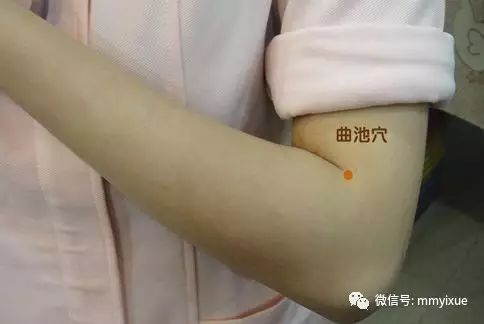
7. Libido Points – Xian Gu (Immortal Bone), Shen Shu (Kidney Back), Qi Hai (Sea of Qi), Guan Yuan (Gate of Origin), and Zu San Li (Leg Three Miles)
1. Xian Gu: The most effective point for enhancing libido is the “Xian Gu” point, located 3 cm above the tailbone. It promotes the secretion of sex hormones and increases libido. The point located about 2 cm above Xian Gu, when pressed, has great effects on relieving fatigue. While pressing Xian Gu, exhale slowly and apply pressure for 3 seconds, repeating this 10 times daily without interruption, which will rejuvenate you and restore energy.
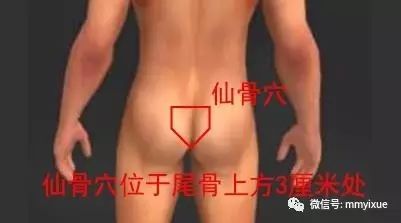
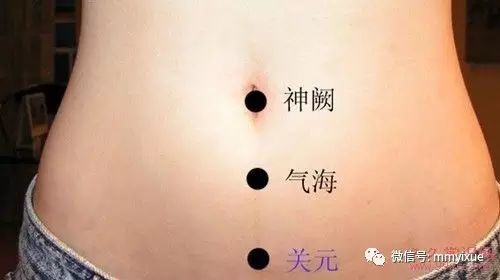
2. Guan Yuan: Located 3 inches below the navel on the anterior midline. Belongs to the Ren Meridian. It has the function of nourishing the source and strengthening the foundation, indicated for urinary and reproductive diseases. 3. Qi Hai: Located 1.5 inches below the navel on the anterior midline. Belongs to the Ren Meridian. “Qi Hai is the sea of vitality for men.” This point nourishes the original Qi, benefits the kidneys, consolidates essence, and promotes longevity.
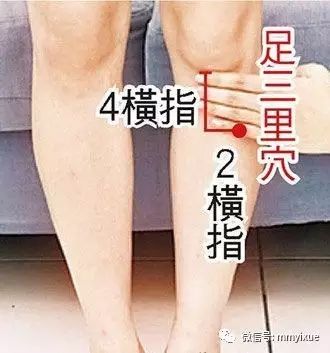
(Zu San Li) 4. Shen Shu: Located in the lumbar region, 2 finger widths below the spinous process of the second lumbar vertebra. Massaging Shen Shu can promote hormone secretion, enhance kidney function, and improve sexual ability. Massage method: Place both thumbs on the Shen Shu point, wrapping the other four fingers around the waist. Apply pressure for 5 seconds, then slowly release, and after 5 seconds, apply pressure again, repeating this 20 times. 5. Zu San Li: The strongest point in the body, functions: strengthens the spleen and stomach, aids digestion, treats rheumatism, activates meridians, and boosts immunity.
8. Health Maintenance Point – Yong Quan (Gushing Spring)
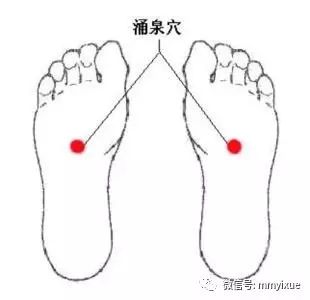
“The kidney emerges from Yong Quan, which is located at the sole of the foot.” The Qi of the kidney meridian is like the water from a spring, originating from the feet and nourishing the entire body. Therefore, Yong Quan plays an important role in health maintenance, disease prevention, treatment, and wellness.
6 Essential Health Points for Office Workers:

Surveys show that the three major health issues troubling urban office workers are: gastrointestinal problems, cervical and lumbar diseases, and insomnia. Additionally, frequent dizziness indoors, dry eyes from prolonged computer use, and leg cramps from prolonged sitting are also significant concerns for white-collar workers.
Pressing the Gong Sun (Grandfather) point: Office workers often have irregular eating habits, leading to gastrointestinal issues. Regularly massaging the Gong Sun and Zu San Li points can help the spleen and stomach.
The Gong Sun point is located on the inner edge of the foot, just below the base of the first metatarsal bone, at the junction of the red and white flesh; Zu San Li is located 4 finger widths below the outer knee eye, between the fibula and tibia, about 1 finger width from the outer side of the tibia, belonging to the stomach meridian. In a seated position at the office, press both thumbs on these points, take deep breaths, and gradually apply pressure 20-30 times, with each press lasting 5-10 minutes.
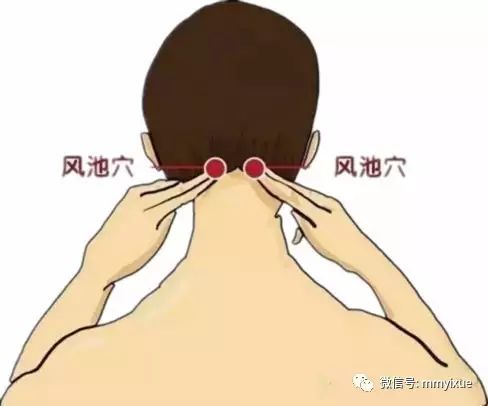
Massage Feng Chi (Wind Pool) point: Cervical spondylosis can be considered the silent pain of office workers. To relieve cervical spondylosis, find the Feng Chi point. It is located at the back of the neck, just below the occipital bone, in the depressions on either side of the large tendons, level with the earlobes.
While massaging the point, gently rotate the head and neck, and perform some shoulder shrugging movements. Massaging before bed can also be followed by local heat application, which can improve local blood circulation, relieve muscle tension, and alleviate fatigue. Additionally, every 1-2 hours in the office, you can rotate your neck.
Roll and massage the Hou Xi (Back Stream) point: Prolonged sitting without movement can lead to back pain. In this case, massage the Hou Xi point, located at the end of the transverse crease of the hand when making a fist.
Sitting in front of the computer, you can place both hands on the edge of the desk at this point, using your wrists to roll your hands back and forth, achieving a stimulating effect. Taking three to five minutes to do this regularly will greatly benefit the cervical and lumbar regions.
Massage the Tai Yang (Sun) point: Mental work can lead to stress, dizziness, and headaches. A simple method to alleviate this is to massage the Tai Yang point. It is located halfway between the outer corner of the eyes and the hairline. Massaging the Tai Yang point for three to five minutes after lunch can often have a refreshing effect.
Press the Cheng Shan (Support the Mountain) point: Prolonged sitting and cold legs can easily lead to calf pain and cramps. In this case, quickly press the Cheng Shan point. This point is located at the lower edge of the gastrocnemius muscle where it splits. Pressing this point will be very sore; the technique should be gentle, pressing lightly until a slight soreness is felt.
Stimulate the Ming Yan (Bright Eyes) point: When experiencing dry eyes, you can stimulate the Ming Yan point located between the thumb joints of both hands. Use one hand’s thumb and index finger to pinch this point, applying pressure until a slight pain is felt. This can be done during breaks at work or while waiting for transportation.

